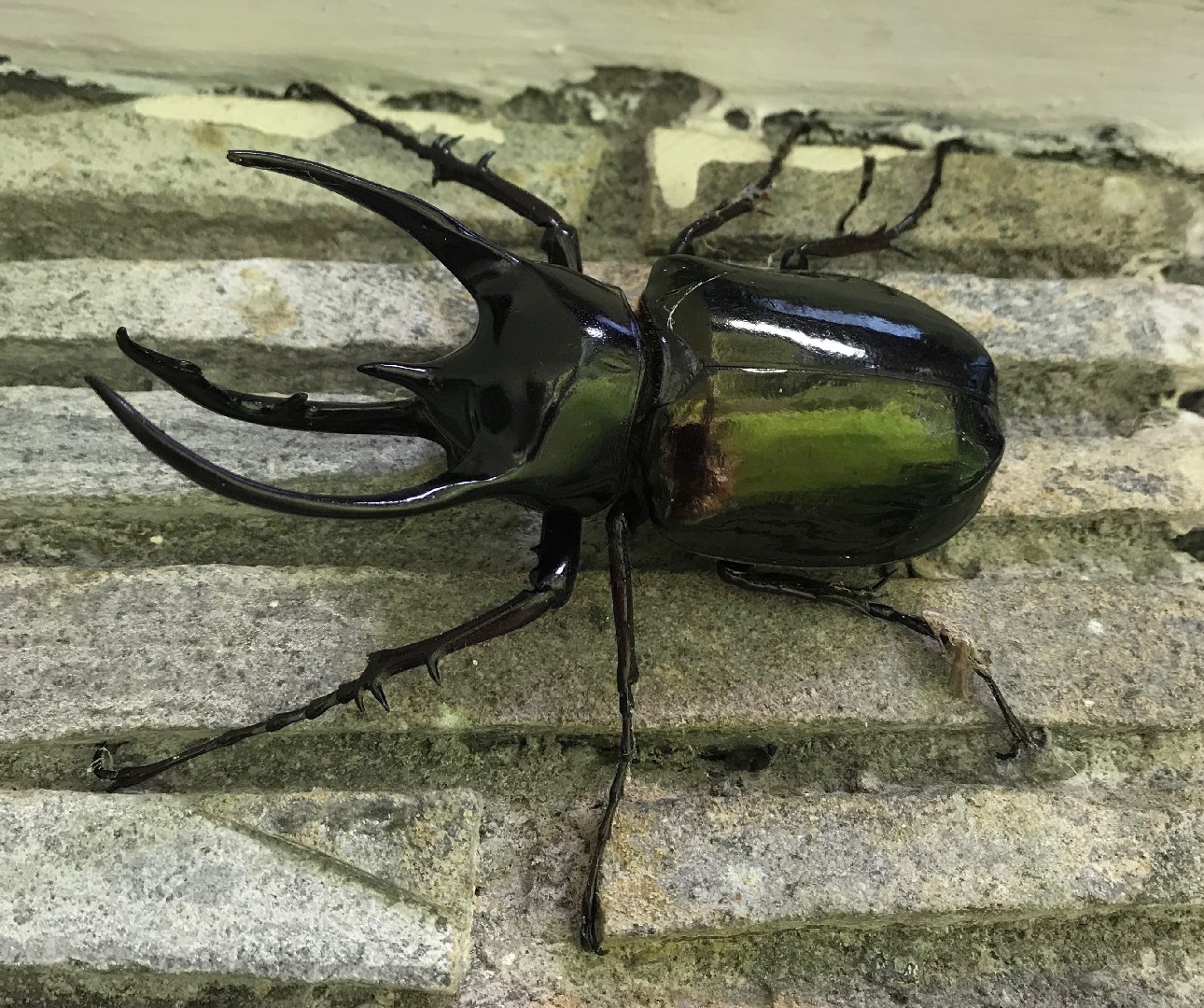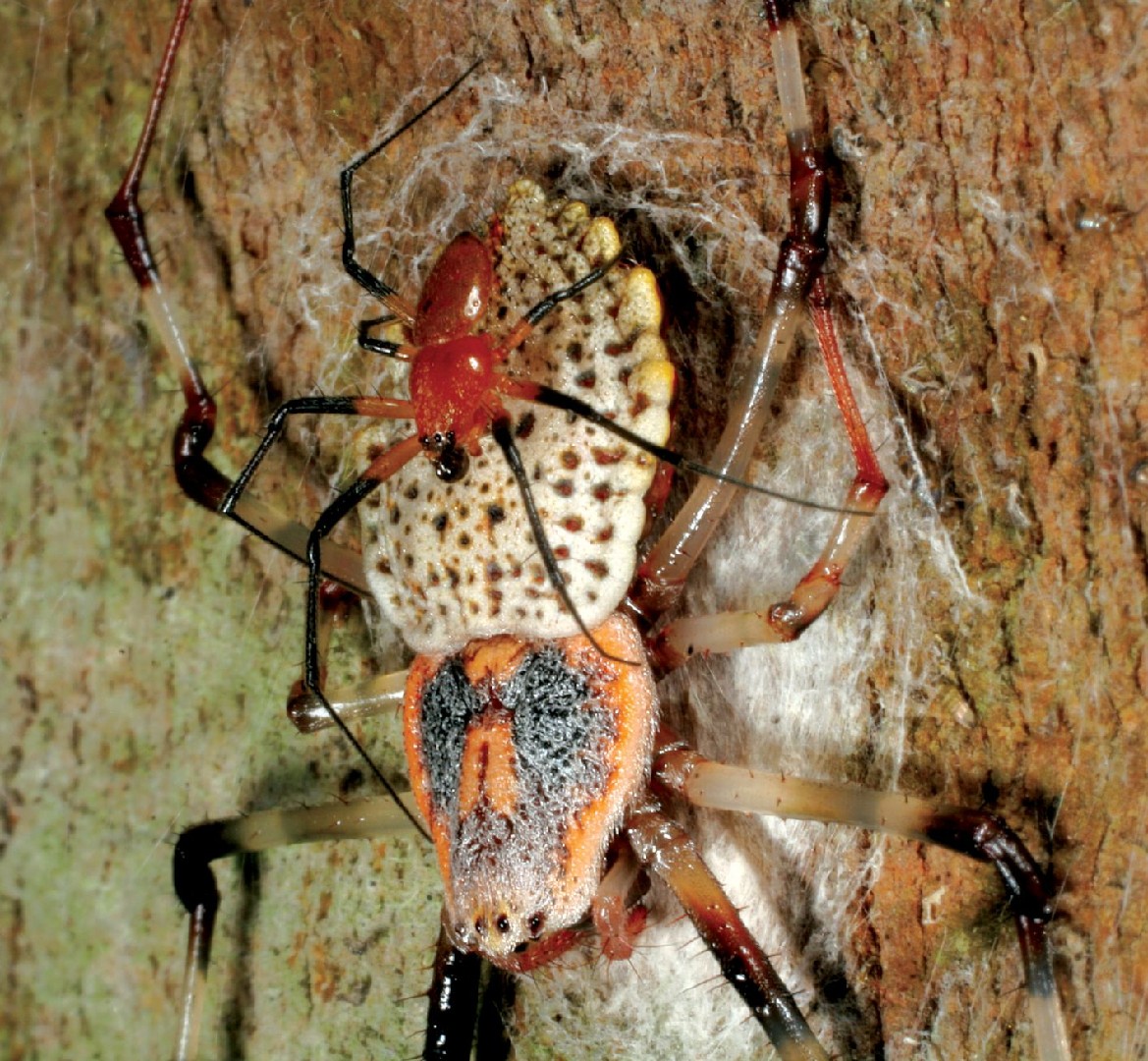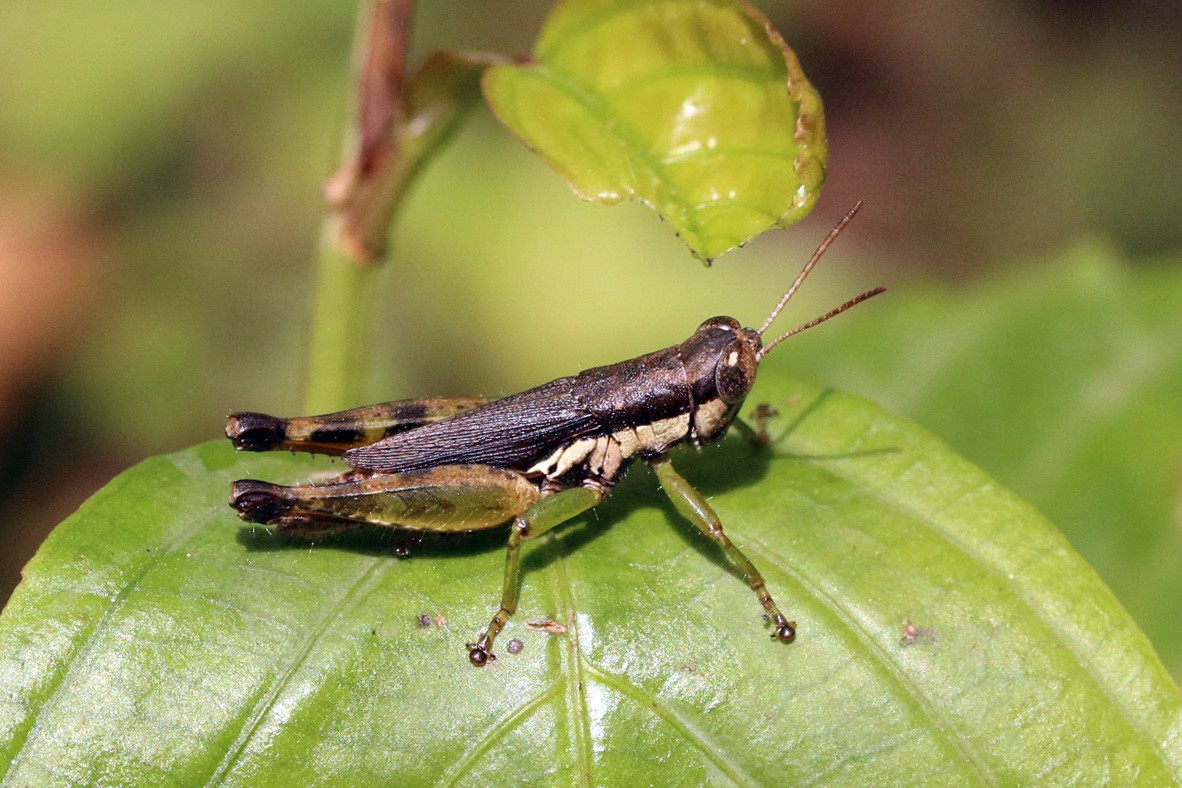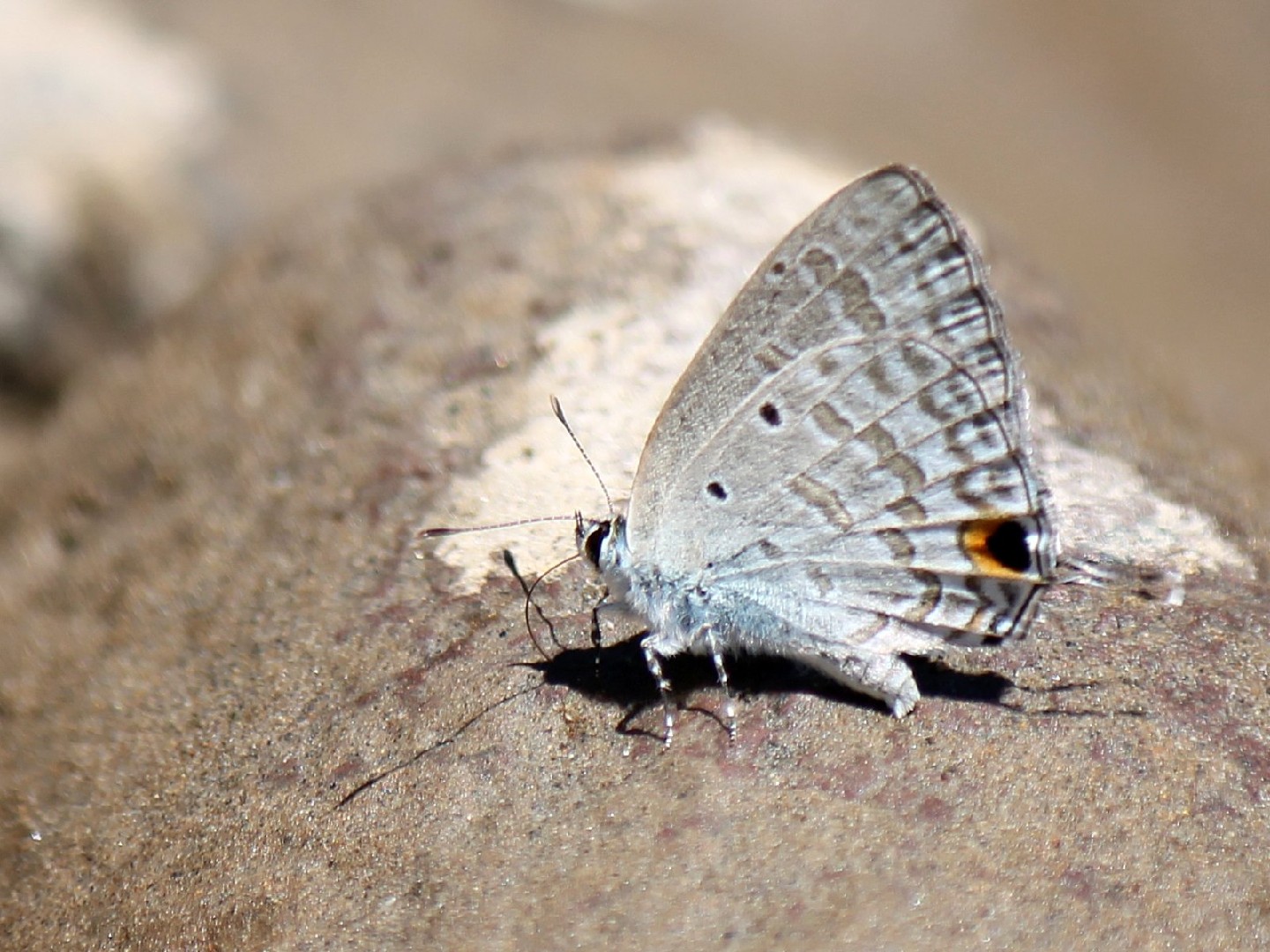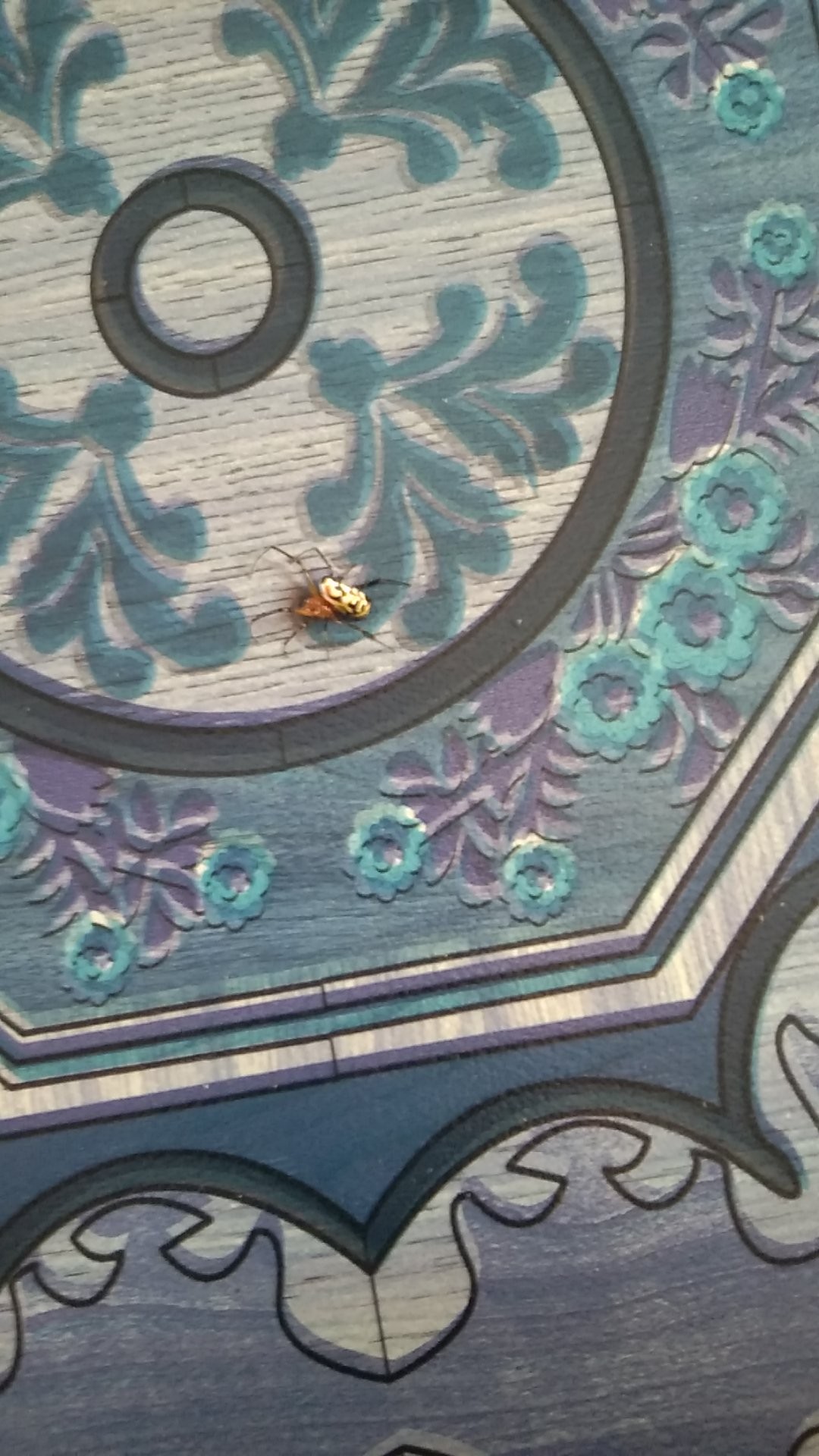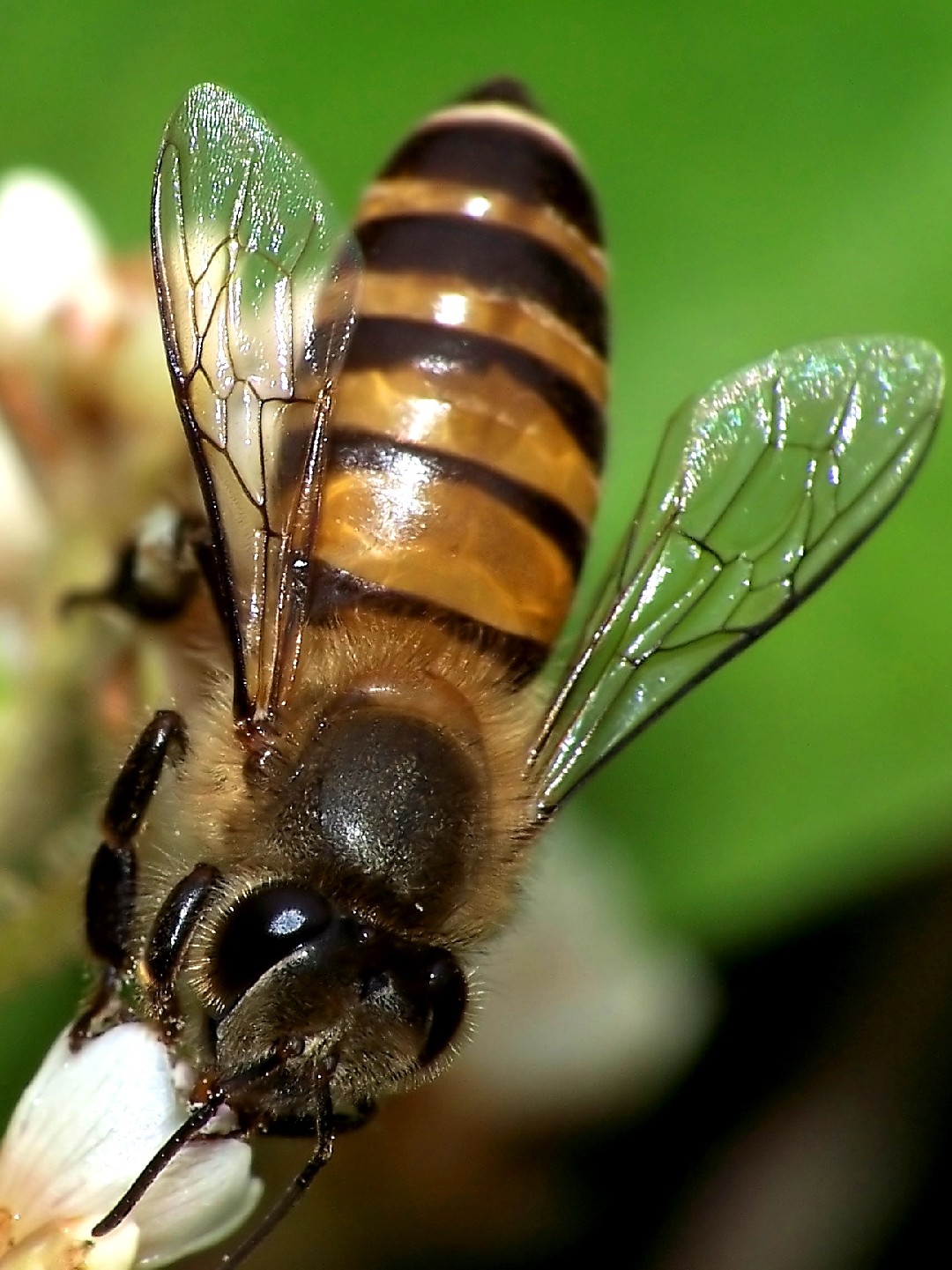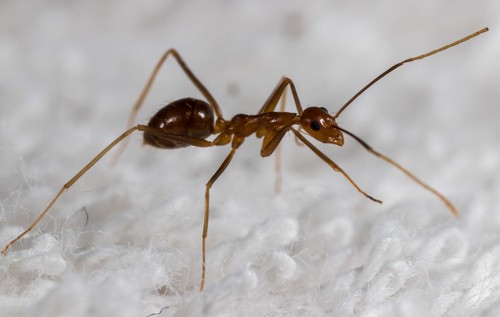Top 18 Most Common Insects in Davao del Sur
Insects, with their secretive lives and vast diversity, are an intriguing and vital component of Davao del Sur's ecosystem. The region's varied landscapes, from lush mountainous areas to coastal lowlands, influence the rich insect diversity found here. Insects play pivotal roles, as pests or beneficial species, co-existing and interacting with the environment. Our list heralds the 'Top 18 most common insects' in Davao del Sur, each showcasing the extraordinary relationship between these tiny creatures and their surroundings.
Most Common Insects
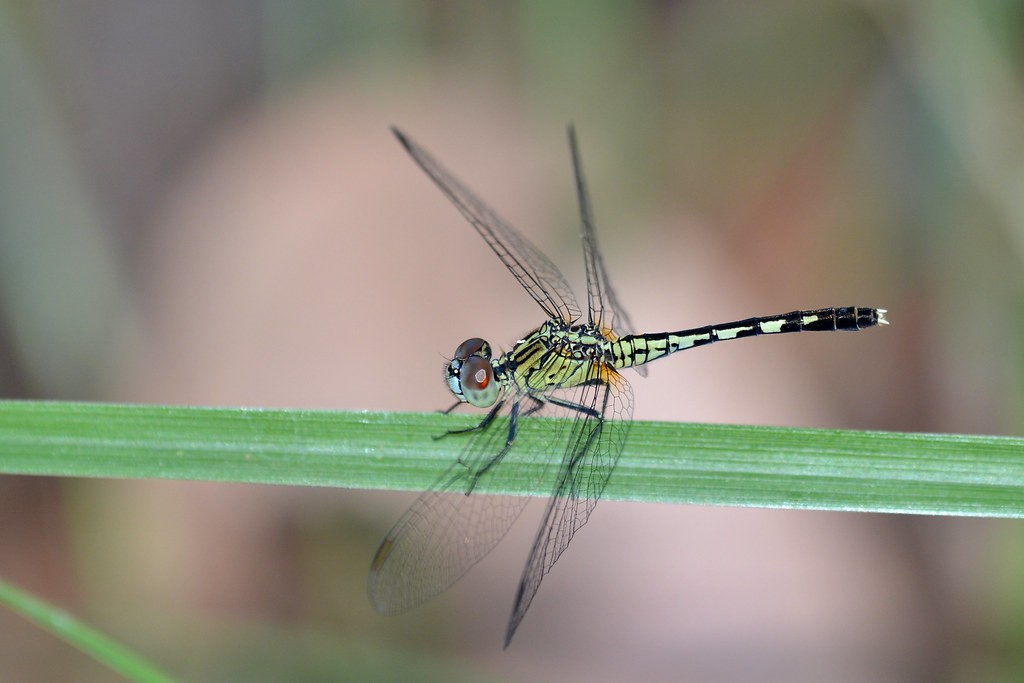
1. Green skimmer
Orthetrum serapia is a medium-sized dragonfly with a wingspan of 60-85mm. Its wings are clear except for a small dark spot at the base of the hindwing. The thorax is greenish to greyish yellow with black markings. The abdomen is black with pale yellow or pale green markings. Orthetrum serapia appears very similar to Orthetrum sabina and can be confused where the range of the two overlap in north-eastern Australia. 
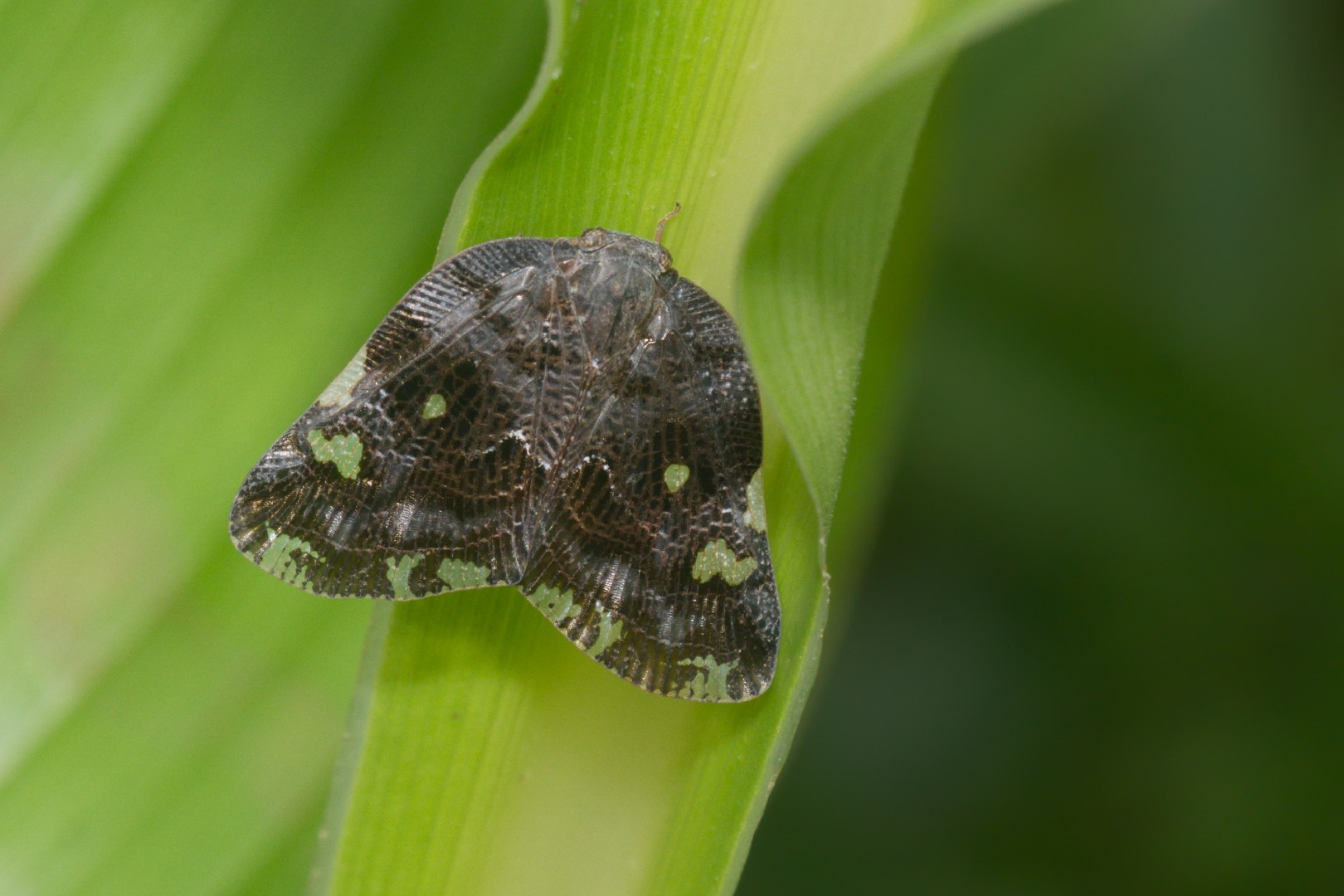
2. Black planthopper
Ricania speculum can reach a length of about 8 mm, with a wingspan of about 1.5 cm. These planthoppers have dark brown wings with central wavy horizontal bands and irregular transparent patches of different sizes. The precostal area of the forewings shows dense transverse veinlets and the costal margin is distinctly convex near the base. In males the tip of the abdomen is pointed, while in females is rounded. The final instar nymphs are white with dark brown markings and waxy secretions on the abdomen. 
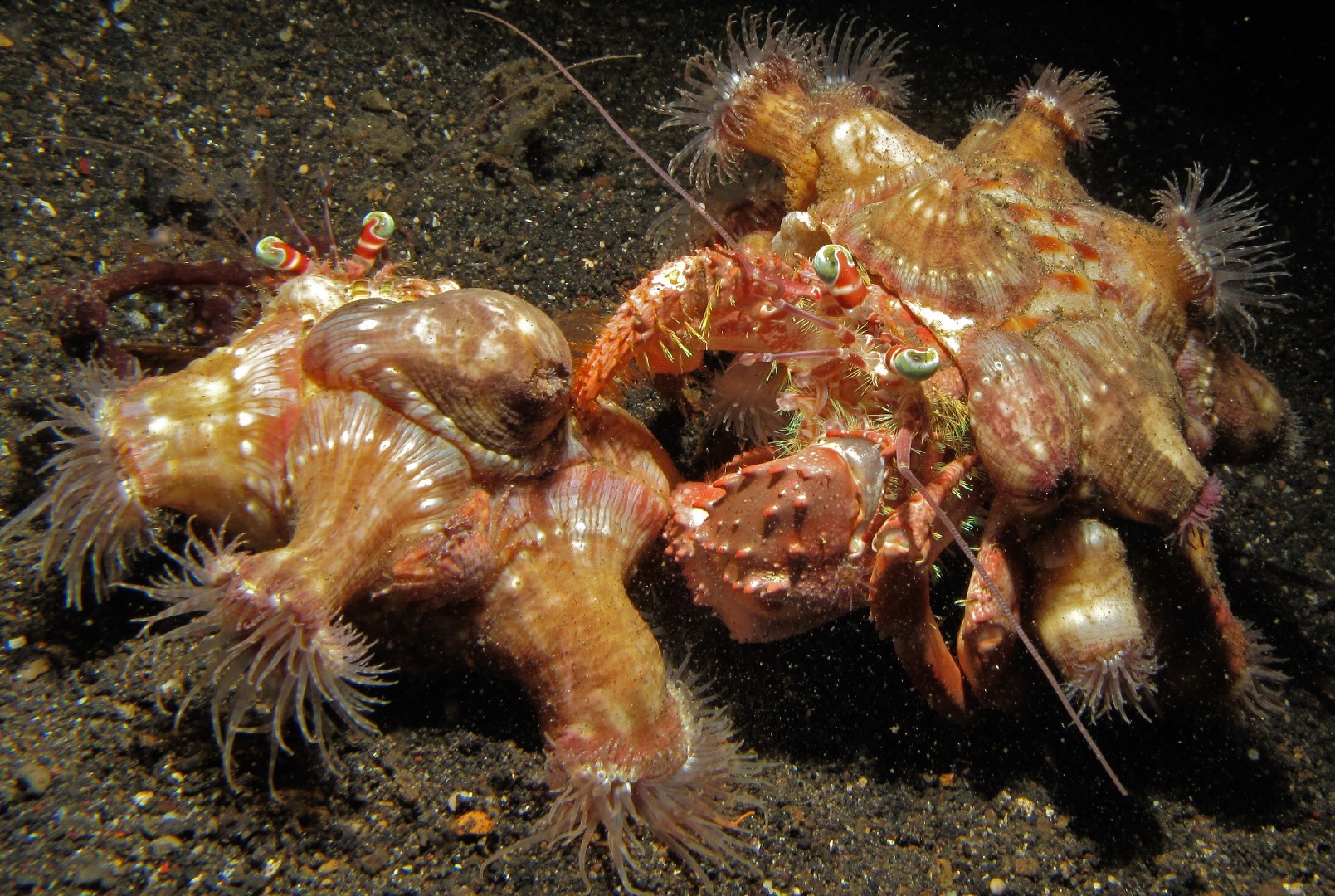
3. Anemone hermit crab
Dardanus pedunculatus usually attain a maximum size of 10 centimetres (4 in). The carapace is mottled in tan and cream, while the eyestalks are white with red bands. The sexes are similar. The left claw is much larger than the right claw. 
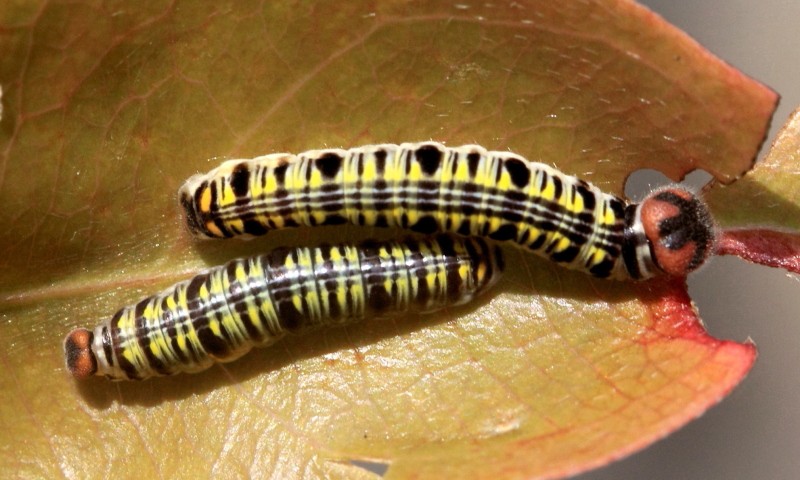
4. Orangetail awlet
Both sexes: The butterfly has a wingspan of 45 to 50 mm. Above, both sexes are an unblemished dark brown. The hindwings have an orange fringe. The abdomen is orange towards the rear. Below, the wings have white patches; the forewings having a large white central patch, and the hindwings having a broad pure white discal band. The male has no brands. 
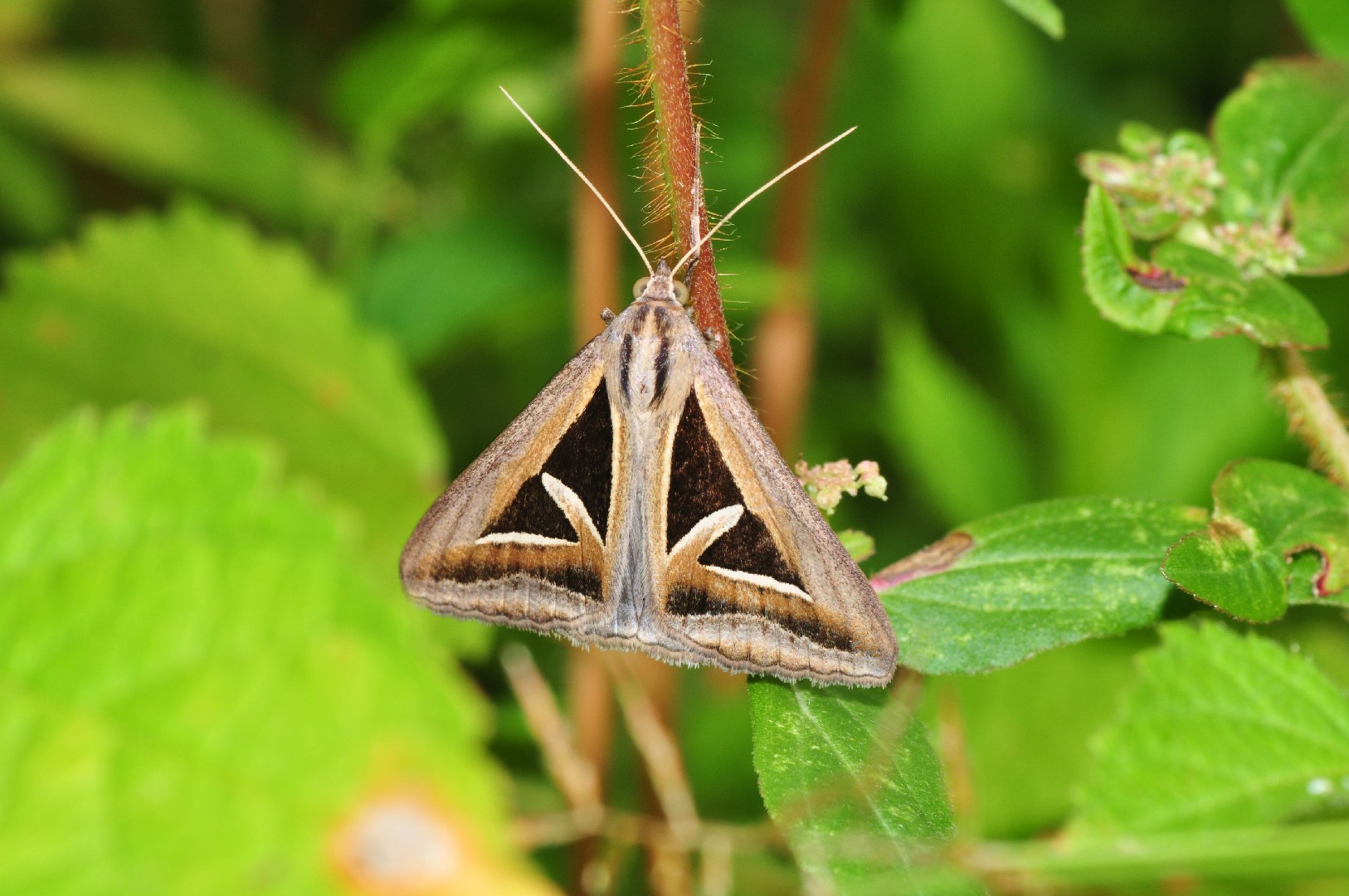
5. Triangles
The wingspan is about 3 - 4.5 cm. Antennae of male ciliated. Mid and hind tibia hairy. Body pale ochreous brown, slightly suffused with fuscous or dark grey brown. Forewings with a large black white-edged triangular patch easily distinguished below the cell from near base to towards outer angle. A similar smaller patch found beyond the cell on vein 5, with some pale fulvous behind it. A slightly sinuous submarginal pale line with patches of black suffusion found inside it and a series of black specks beyond it. A dark marginal line can be seen as well. Hindwings with indistinct medial line and fuscous suffused outer area. Larva has yellow upper half and brown ventral part. The yellow part is broken by longitudinal brown bands, which faints towards posterior and becomes intensive again in prolegs. Eggs olive green and speckled rusty red. First few instars are green with three lateral purple brown lines. Late instars are yellowish. Pupa within a slight cocoon of white silk, which spun amongst leaves. 
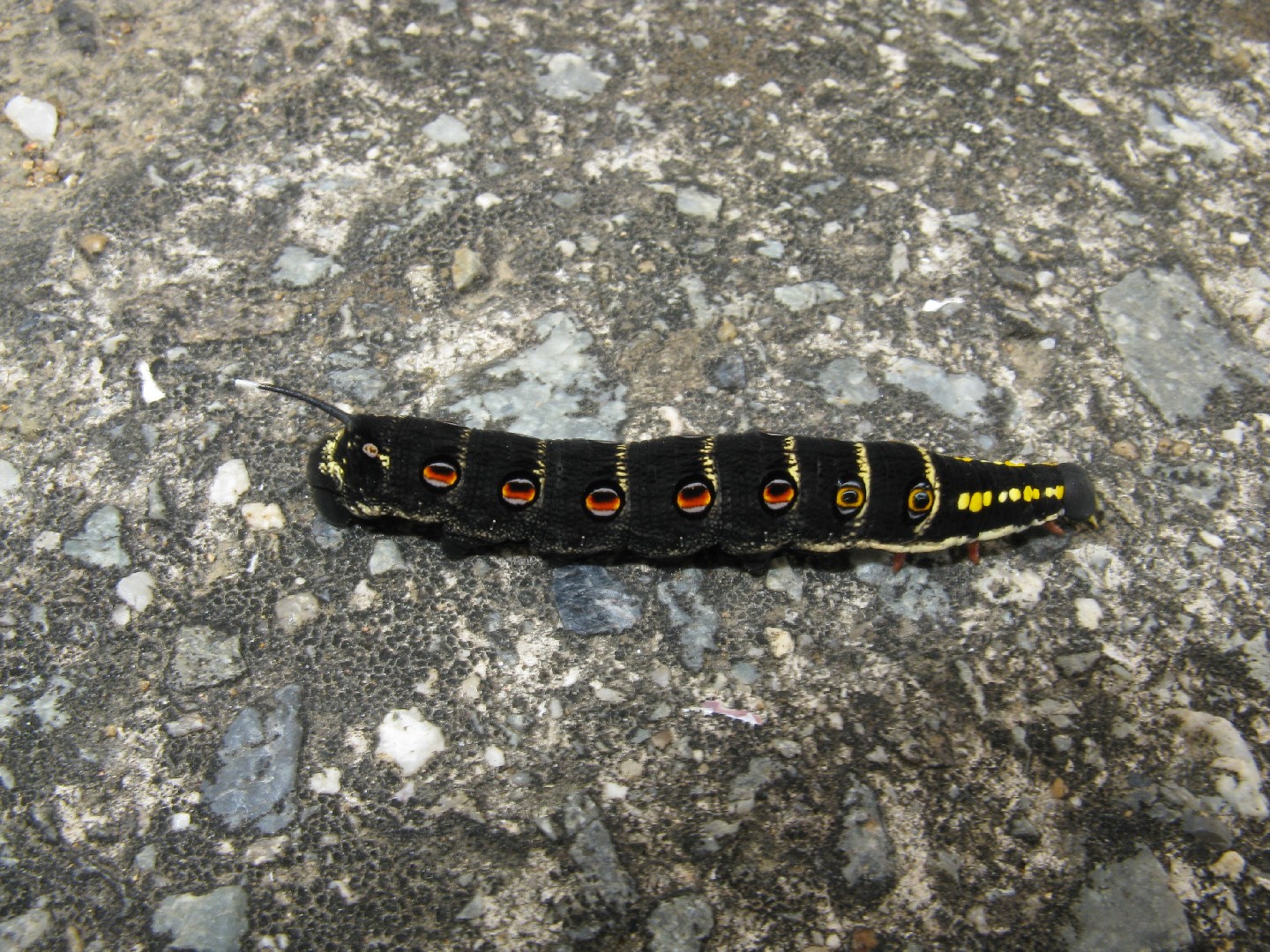
6. Impatiens hawk moth
The impatiens hawk moth can be considered a pest among commercial and residential gardeners. Both the moth and caterpillar feed on several flowering plants, including fuchsias and the Australian native violet. Adult females lay their eggs on the plant’s foliage, ensuring the hatching larvae have a ready food source.
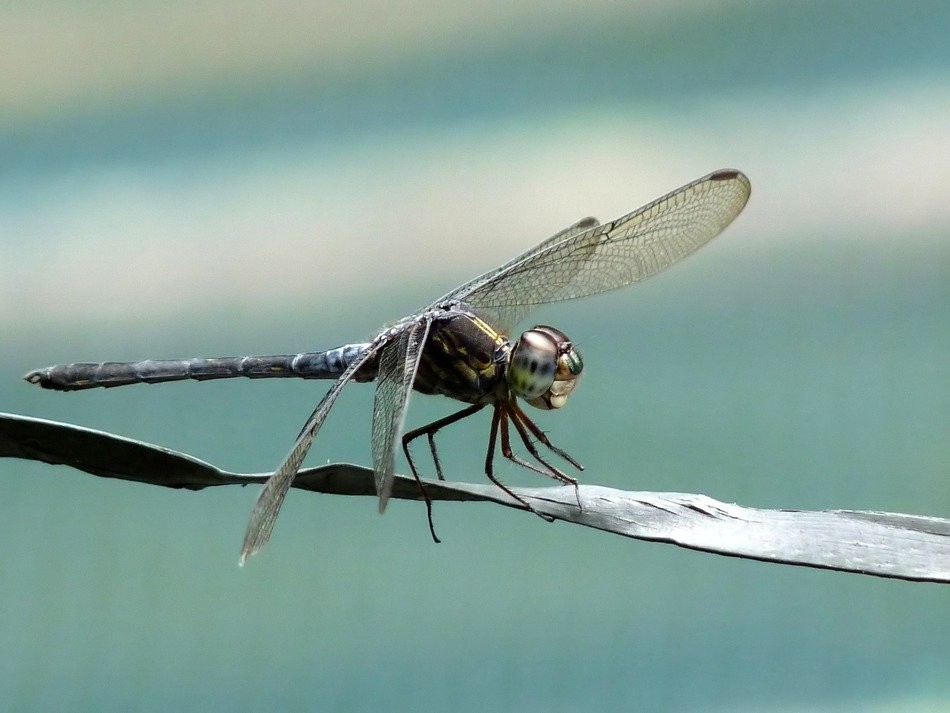
7. Emerald-banded skimmer
It is a medium-sized dragonfly with metallic-blue frons and brown-capped grey eyes. Its thorax is bronze-black, marked with yellow. There is a mid-dorsal carina, and an anterior and a posterior stripes narrowly separated and very irregular in shapes. There are four stripes on each sidel the first and third rather broad, the others narrow. Abdomen is black, marked with bright ochreous-yellow. Segments 1 and 2 have moderately broad lateral and mid-dorsal stripes. Segments 3 to 8 have fine stripes bordering the ventral borders of segments and mid-dorsal carina. Arial appendages are black. Female is similar to the male. It is commonly found in forested areas in lowland and montane regions. Prefers to breed in shaded muddy pools and marshes in forest. 
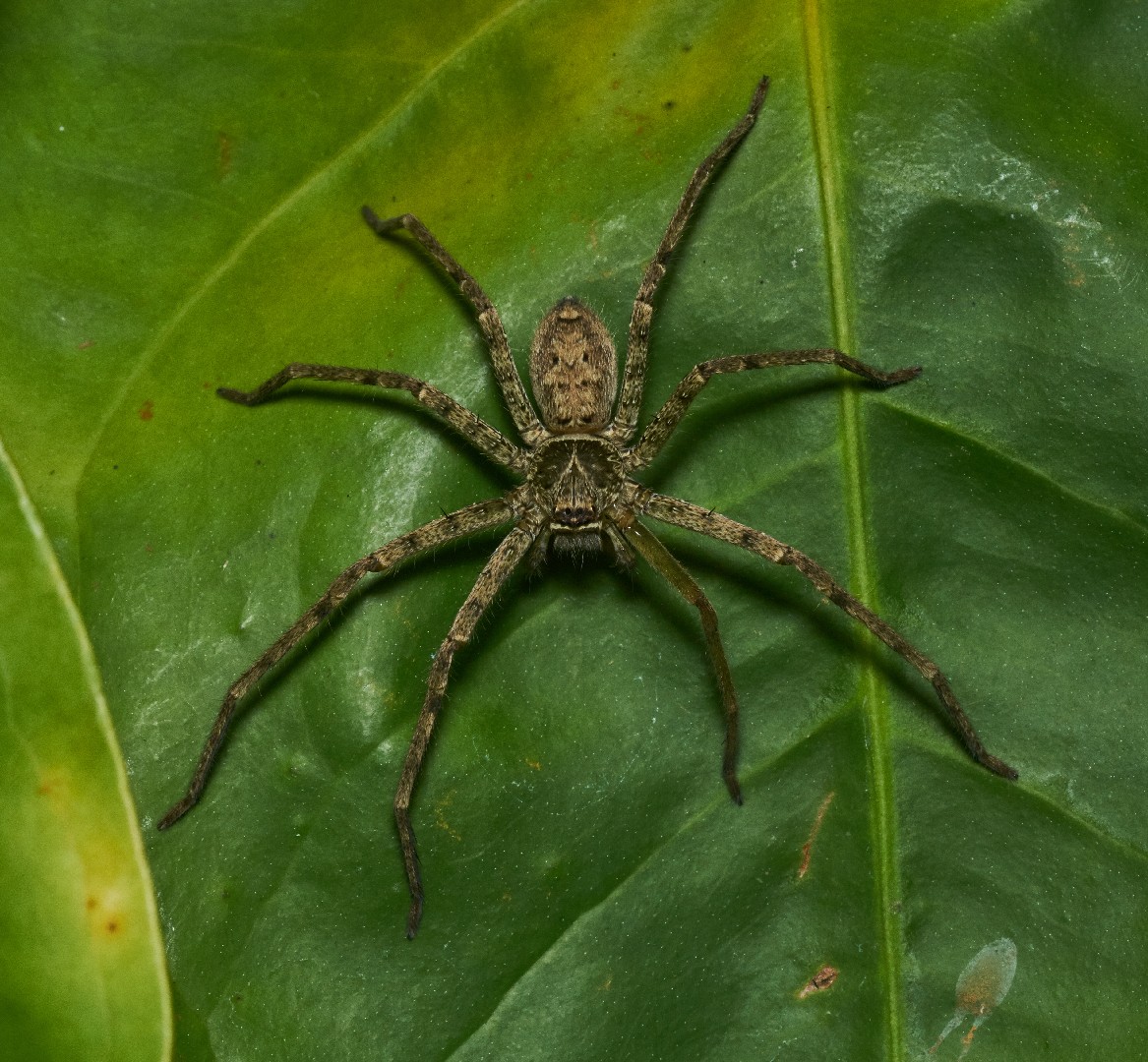
8. Giant Crab Spider
The giant Crab Spider is a large spider native to the tropics; the largest reported individual had a leg span of 30 cm. This cosmopolitan spider is highly valued in some areas, as it's able to catch cockroaches and other indoor pests. Reportedly, it hunts even scorpions and bats. This spider is venomous and sometimes bites humans, but it's considered harmless. 
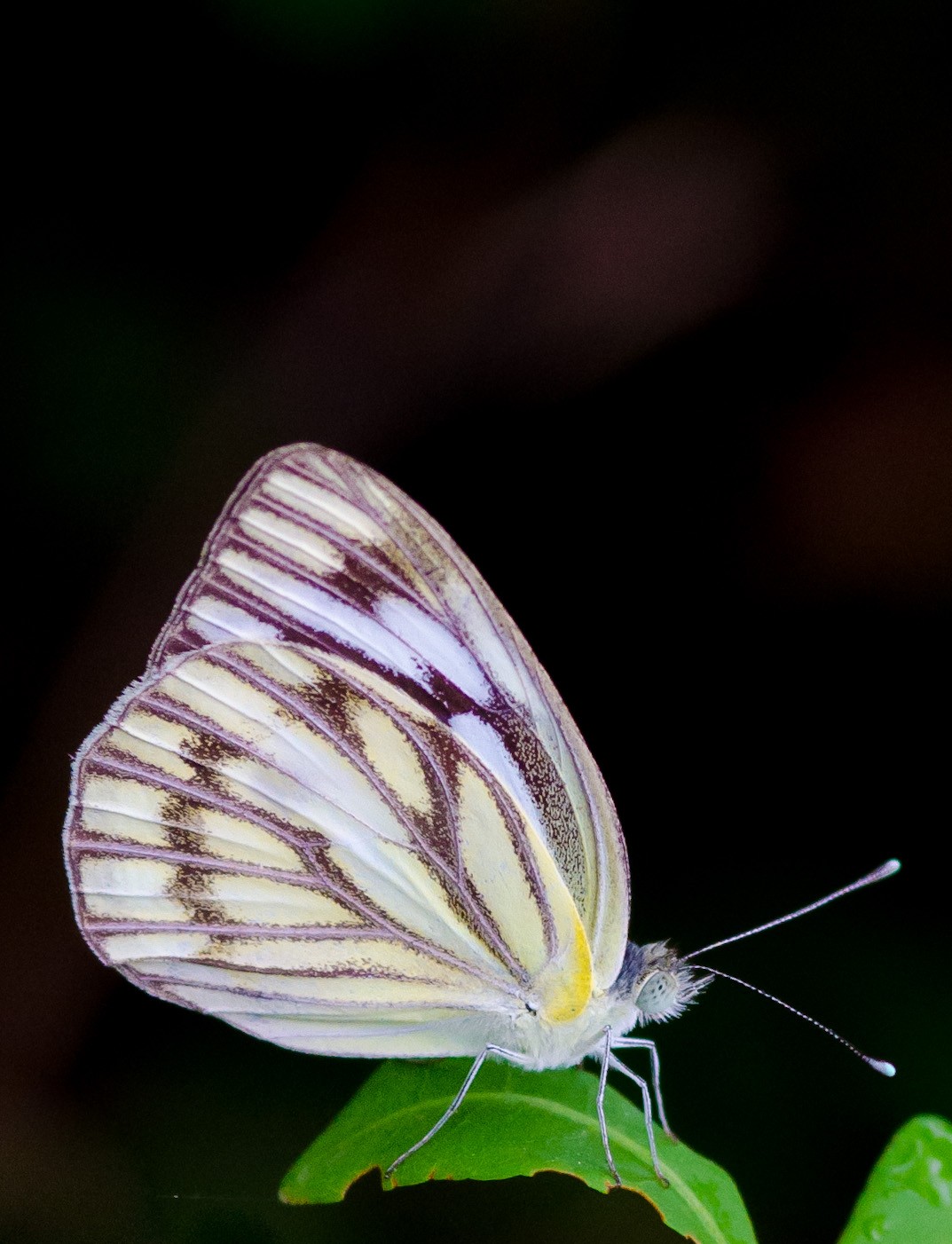
9. Striped albatross
The striped albatross (Appias libythea) is a combination of whites and greys and yellows that allow this butterfly to resemble many different types of flowers. They are part of a family that exhibits mud-puddling, where they stomp about wet puddles in order to get salt.
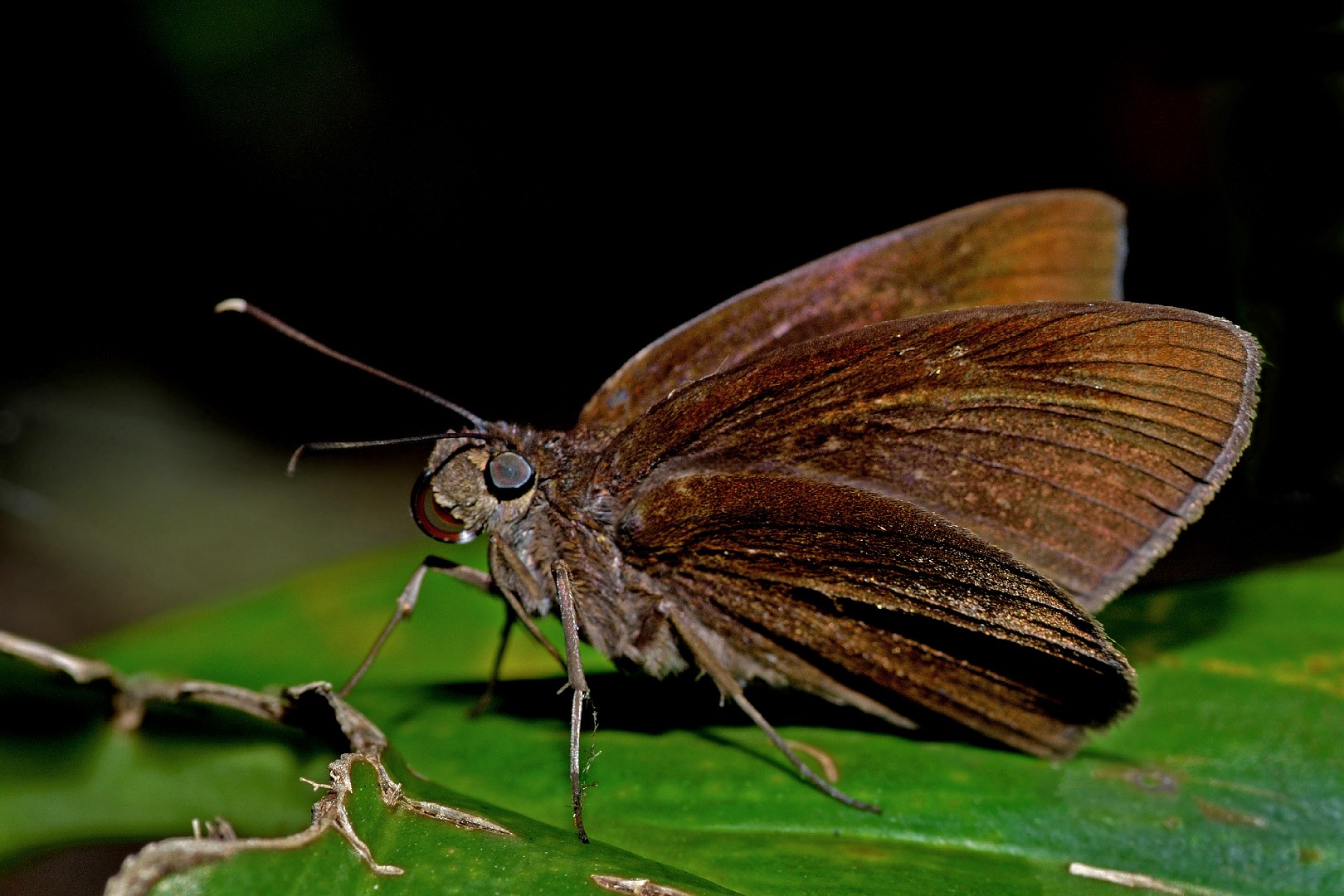
10. Chocolate demon
Ancistroides nigrita is a butterfly from the family of the fat-headed (Hesperiidae). The scientific name of the species was first validly published in 1824 by Latreille.
More
